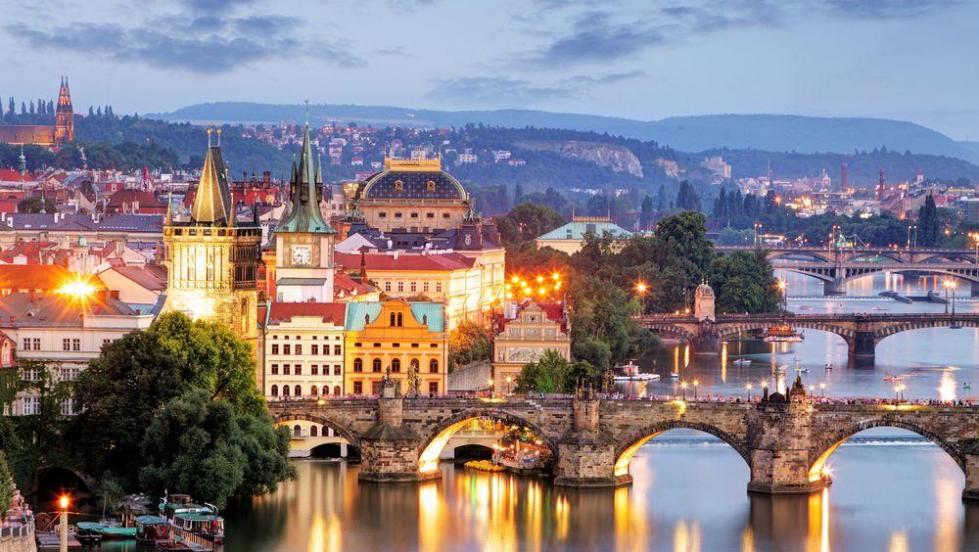About Czech Republic
The Czech Republic, in Central Europe, is a country that's known for its ornate castles, native beers and long history. Prague, the capital, is home to grand 9th-century Prague Castle, a preserved medieval old town and statue-lined Charles Bridge. Český Krumlov, a small town in the South Bohemia region, is notable for its wealth of Gothic, Renaissance and Baroque buildings, many of which house restaurants and shops. The Czech state was formed in the late 9th century as the Duchy of Bohemia under the Great Moravian Empire. After the fall of the Empire in 907, the centre of power transferred from Moravia to Bohemia under the Přemyslid dynasty. The Czech state was independent on several more occasions, but was mainly under foreign rule until after the fall of communism and the Velvet Revolution in 1989. On 1 January 1993, Czechoslovakia peacefully dissolved, with its constituent states becoming the independent states of the Czech Republic and the Slovak Republic. The Czech Republic has a temperate continental climate, with warm summers and cold, cloudy and snowy winters. One of the most visited tourist attractions in the Czech Republic is the Nether district Vítkovice in Ostrava, a post-industrial city on the northeast of the country. The territory was formerly the site of steel production, but now it hosts a technical museum with many interactive expositions for tourists. There are several centres of tourist activity. The spa towns, such as Karlovy Vary, Mariánské Lázně and Františkovy Lázně and Jáchymov, are particularly popular relaxing holiday destinations. Architectural heritage is another object of interest to visitors – it includes many castles and châteaux from different historical epoques, namely Karlštejn Castle, Český Krumlov and the Lednice–Valtice area.
